The Takesi Trail
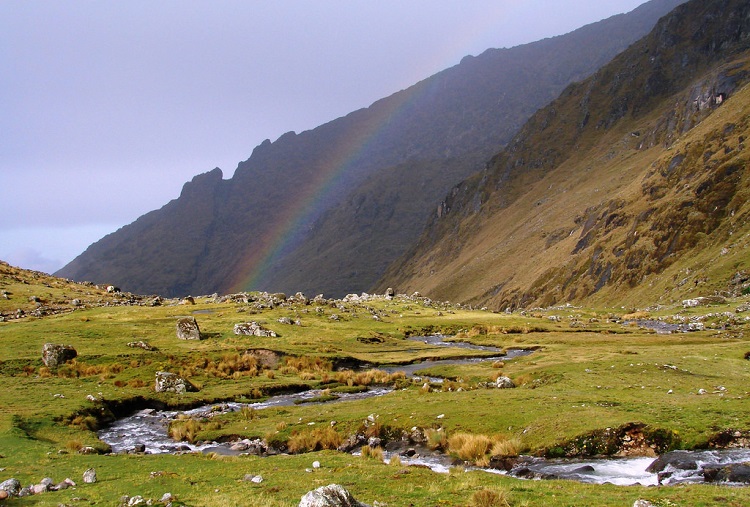
Photo Credit: Hollykathryn
One of the most impressive, not to mention important Inca trails in the Andes, Takesi is a 40 kilometre road linking the vast Altiplano plateau with the sub-tropical Yungus.
Used by the Incas as a communication and transport link, the road is a masterstroke of pre-Colombian engineering, featuring water channels and retaining walls built to protect the road from riverine flooding. Today, Takesi remains one of the finest remaining Hispanic paved roads in the region, a testament to the fine work of the original builders.
Starting in the town of Ventilla at a height of 3200 metres, the road rises to La Cumbre at 4640 metres before descending to Chojlla at 2200 metres. One of the easiest Inca treks in South America, the Takesi Trail, while still demanding, is mostly downhill, making it a great choice for the novice hiker.
Following in the footsteps of the Incas, travelers today can trek across the Cordillera Real, soaking in a variety of views as they imagine what it would have been like to walk the same path thousands of years ago.
Takesi Trail Route
While the Takesi trek can technically be completed in one long and arduous day, a more realistic and relaxing option is to hike over a 2 to 3 day period. Those looking to do a 2 day trek will finish in Chojlla from where they can then catch a bus back to La Paz. Another option is to spread the hike over three days. The route is exactly the same as the 2 day trek, but with shorter days and you can finish the trek in Yanacachi; a much nicer alternative to Chojlla.
1 Day: Mina San Francisco to Chojlla
2 Days: Ventilla to Takesi / Takesi to Chojlla
3 Days: Ventilla to Takesi / Takesi to Kakapi / Kakapi to Yanacachi
La Paz Life Quick Tip:
As voted the best way to travel around Bolivia and Peru, we highly recommend choosing Bolivia Hop as your means of transport. Their safe, flexible and trustworthy service have proven to be the best way of getting the most out of your time in South America!
Day 1: Ventilla to Estancia Takesi (6-8 hours)
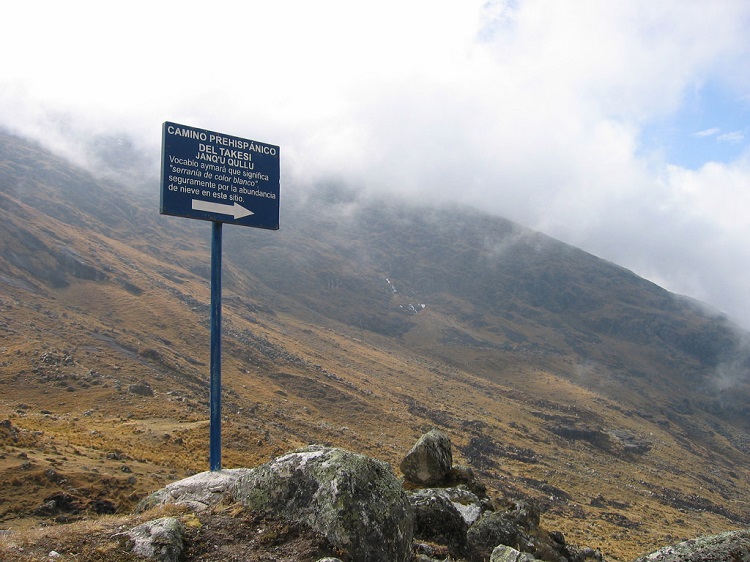
Photo Credit: Kiyomi
Starting your trek at an altitude of 3200 metres, turn left off the main road in Ventilla and follow the clearly signposted track to the village of Choquequta. Winding through dry farm fields and past agricultural villages, it’s a 2 to 3 hour uphill hike to the Mina San Francisco trailhead where plunging views of the valley await.
Approaching a collapsing wall with a map of the route painted on it, turn right off the road and walk for a further 90 minutes toward the highest point of the trail, noting along the way how the steep rocky path quickly turns into beautiful Inca stone paving. Marked by a little pile of rocks known in Aymara and Quechua as apachita, the 4600 metre snow-capped summit provides breathtaking views of Nevado Mururata to the east.
From here it’s a 90 minute downhill hike through more impressive pre-Colombian paved areas, llama pastures, glacial lakes and mining camps to the quaint village of Estancia Takesi.
Accommodation: Campground by the river half an hour from Takesi village. Nearby streams provide a good water source, though do make sure to treat all water before drinking.
Day 2: Estancia Takesi to Chojlla (5-6 hours)
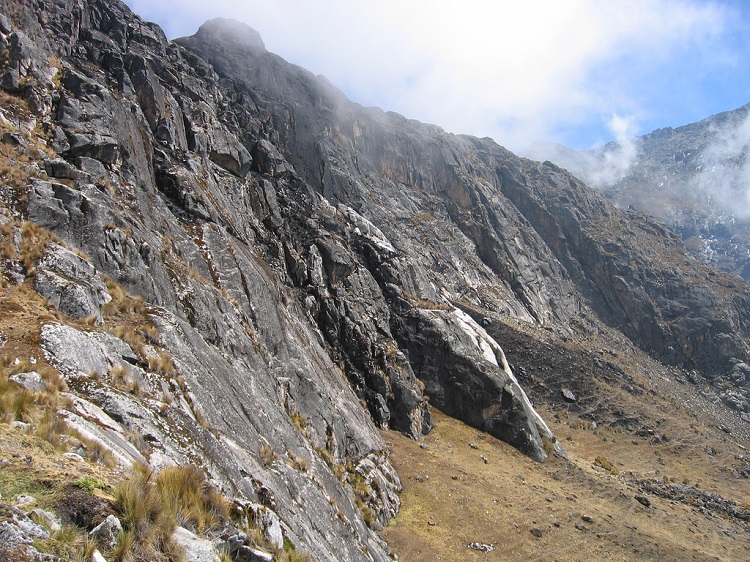
Photo Credit: Kiyomi
Just beyond the Takesi, the trail to Kacapi continues across the Takesi River onto its right bank, descending down a smooth stone path and around the Loma Palli Palli with the river far below. Hiking mostly downhill through increasingly tropical valleys, you will notice the temperature begin to rise as well as the change in vegetation as the trail drops below 3000 metres. After 3 hours you’ll pass by an impressive lookout point before reaching the village of Kacapi where you can grab a bite to eat from one of the modest, yet adequate local restaurants and enjoy beautiful panorama views of the Andes.
From Kacapi it’s a brief yet steep 1 hour descent to the Quimsa Chata river. Sitting at 2600 metres, the river is a peaceful place to soak your tired feet and enjoy a snack before attempting the uphill hike to the tiny and sparsely populated town of Chojila (slightly different spelling to Chojlla). From Chojila to Chojlla it’s another 2 hours downhill, taking you back across the Takesi River, over a concrete bridge and along a cement covered aqueduct before leading you to the road to Chojlla; a small mining settlement located in the heart of the Yungas zone.
Accommodation: If spending the night in Kacapi, you have the option to camp or stay at Albergue Turistico; a 10-bed dormitory which offers solar heated showers and basic meals. The price for a bed is around Bs 30 ($4) per person. Chojlla doesn’t offer much in terms of accommodation; you can either stay at one of the town’s economical alojamientos (basic hostels) or camp near the aqueduct.
Day 3: Chojlla to Yanacachi (1-2 hours)
Continuing for an hour or so down the dirt track from Chojlla you will reach the charming little village of Yanachachi (a much nicer place to stay then Chojlla) where you can either catch the bus back to La Paz or spend the night, returning home the following day.
Accommodation: Set up camp or stay at one of the town’s modest alojamientos.
General Info
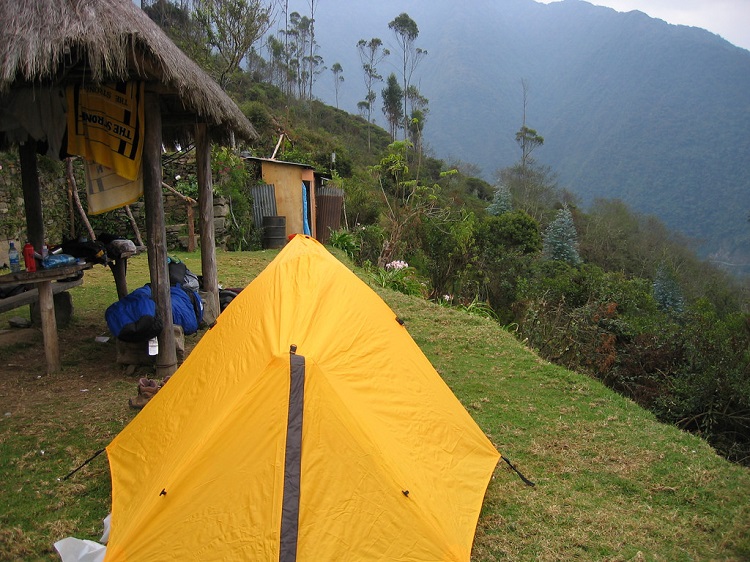
Photo Credit: Kiyomi
Length: 40km
Days To Complete: 2 or 3, depending on how fast you walk
Best Time Of Year: May to October (dry season)
Highest Altitude: 4630 metres
Lowest Altitude: 2250 metres
Difficulty: Easy
Tips For The Takesi Trail
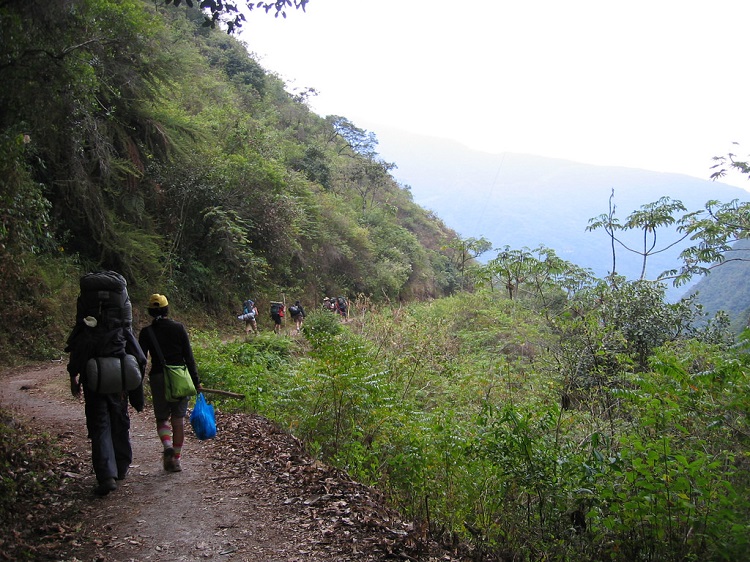
Photo Credit: Kiyomi
- The top of the Takesi trail is about 1000 metres above the city of La Paz, so make sure to spend some time acclimatising before undertaking the trek.
- Wear warm layers and bring a waterproof jacket as temperatures can plummet, especially during the high altitude parts of the trek.
- Good walking boots are a must.
- Tents and camping gear can be rented from Andean Base Camp (Calle Illampu #863, La Paz)
- Be very careful hiking during the wet season when roads and tracks become less than ideal.
- With the warmth of the sub-tropical Yungas region comes the mosquitoes so make sure to bring along some insect repellent.
- To help preserve the beautiful area make sure to pack up all your rubbish before leaving.
- On average over 5,000 people do the Takesi Trek each year. For a solitary experience, try and start the hike on a weekday and avoid Easter weekend when the trail is particularity busy.
- While the hike can easily be done with just a day pack, those looking to bring their own gear or carry a heavy backpack can hire a porter or mule for a small price. This can be organised from one of the tour agencies in La Paz.
La Paz Life Quick Tip:
As voted the best way to travel around Bolivia and Peru, we highly recommend choosing Bolivia Hop as your means of transport. Their safe, flexible and trustworthy service have proven to be the best way of getting the most out of your time in South America!
Getting To And From Takesi
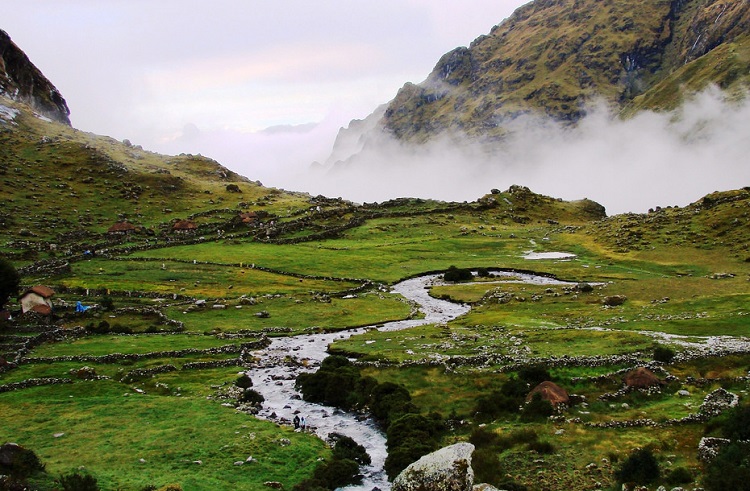
Photo Credit: Hollykathryn
From Mercado Rodriguez (corner of Calles Rodriguez and Calle Lara), take a minibus to Ventilla, a small town located 3 hours from La Paz. Busses leave hourly from 7am to 12pm and cost Bs 12 ($2 US) for a one way ticket. Once in Ventilla, you then have the option of taking a taxi (very limited) or or hiking uphill for 2 to 3 hours to the San Francisco mine trailhead.
For those planning to hike with a group, a slightly more expensive albeit shorter option is to charter a taxi from La Paz straight to the trailhead near Choquekhota village, costing around Bs 350 ($50 US) for up to four people.
To return to La Paz after the trek, early morning busses leave from Chojlla at 4am and 1pm daily. The journey takes around 3 hours and a one way ticket costs Bs 12 ($2 US). From Yanachachi there are minibuses leaving for La Paz daily at 5am and 4pm.
Always make sure to confirm travel times in advance as timetables are subject to change.
Takesi Trail Tours
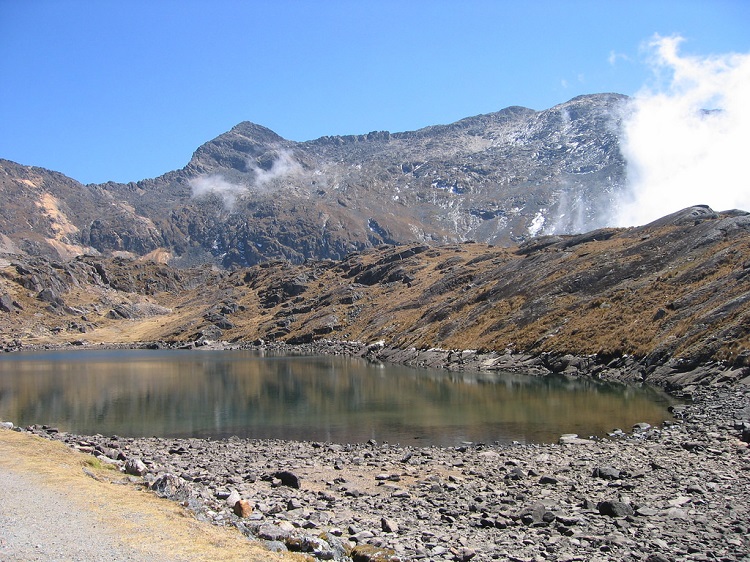
Photo Credit: Kiyomi
While the Takesi Trek can definitely be done without a guide, for those with little hiking experience it’s recommended to go with a tour as the trail can be disorienting at times. Tours cost around Bs 1100 ($155) and generally include trekking guide, meals, snacks and provisions, tents, camping equipment and private transportation to and from La Paz.


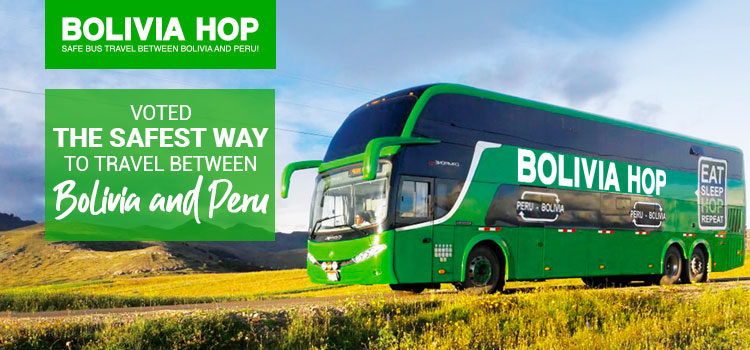








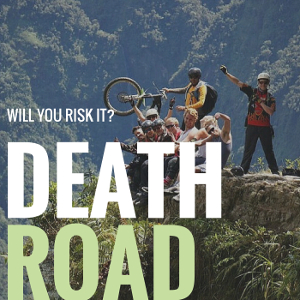

Let's Discuss...